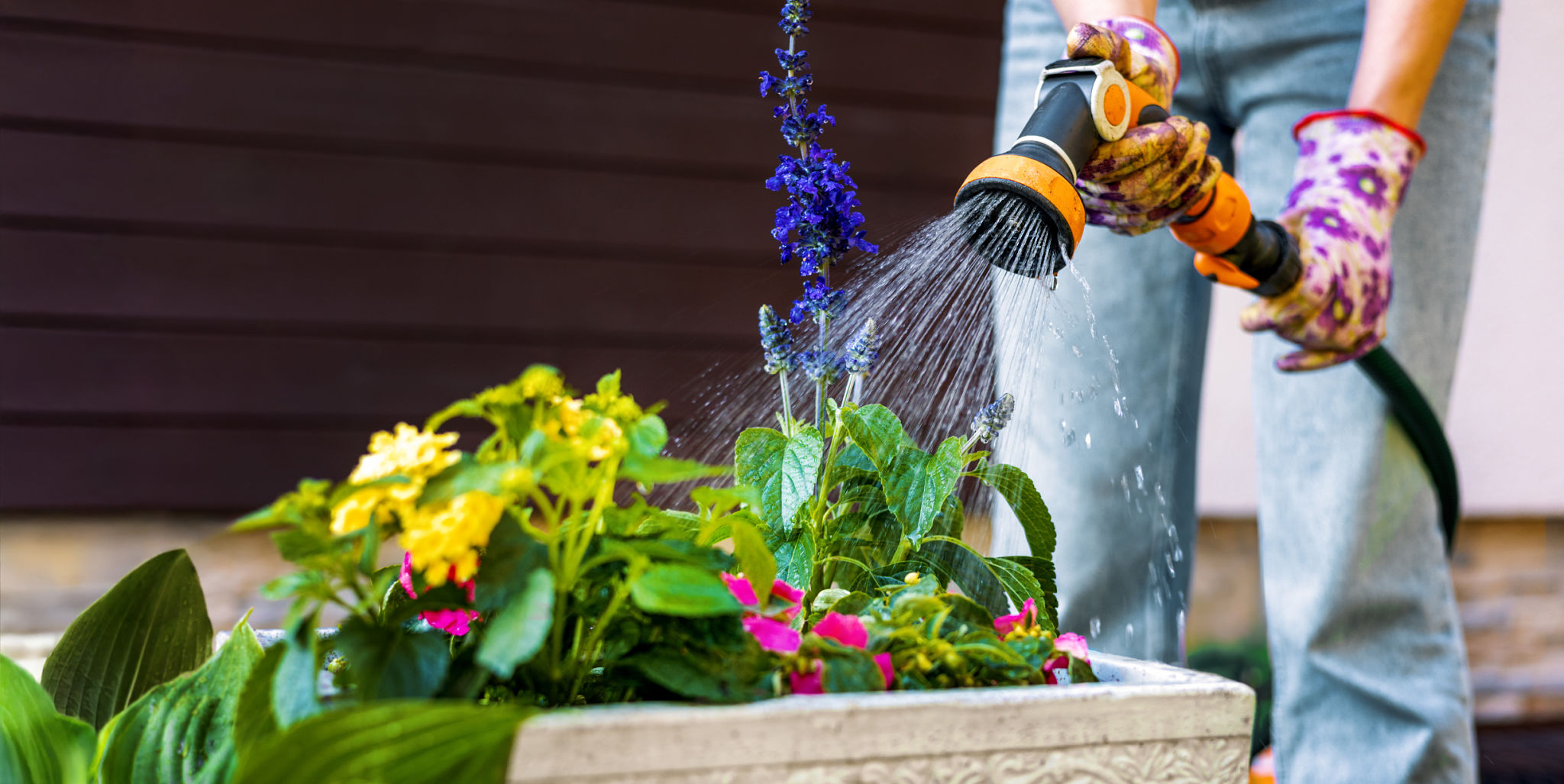Choosing the Right Plants for Your Hamilton Garden: A Local Guide
Understanding Hamilton's Climate
Choosing the right plants for your Hamilton garden begins with understanding the local climate. Hamilton, located in Ontario, experiences a humid continental climate characterized by cold winters and warm, humid summers. This means that plants in your garden need to withstand a range of temperatures and conditions throughout the year.
One key factor to consider is the hardiness zone. Hamilton falls within hardiness zone 6a, which means that the plants you choose should be able to survive winter temperatures as low as -23.3°C (-10°F). This is crucial for ensuring that your garden thrives year-round.

Choosing Native Plants
Opting for native plants is a smart choice for any Hamilton gardener. Native plants are well adapted to the local soil and climate conditions, making them more resilient and easier to maintain. Furthermore, they provide essential habitats for local wildlife, including bees and butterflies.
Some popular native plants for Hamilton gardens include Black-eyed Susan, Eastern Redbud, and Canada Anemone. These plants not only add beauty to your garden but also contribute to the ecological health of the area.
Soil Considerations
The soil type in Hamilton can vary, but it is commonly a clay or clay-loam mix. This type of soil retains moisture well but can become compacted, affecting drainage. It's important to assess your soil and consider amending it with organic matter to improve its structure and fertility.
Conducting a simple soil test can help you understand its pH level and nutrient content. This knowledge will guide you in selecting plants that will thrive in your specific soil conditions.

Sunlight and Shade
Understanding how much sunlight different areas of your garden receive is critical in choosing the right plants. Gardens in Hamilton can vary from full sun to partial shade or full shade, depending on the location and surrounding structures.
For sunny spots, consider plants like Lavender or Sunflowers, which thrive in bright conditions. For shadier areas, look into ferns or Hostas, which can flourish without direct sunlight.
Watering Needs
Watering requirements will vary depending on the plant species you choose. While Hamilton receives ample rainfall, particularly in spring and summer, it's essential to ensure your plants have adequate water during dry spells.
Drought-tolerant plants such as Sedum or Russian Sage can be excellent choices for those who prefer lower-maintenance gardens. On the other hand, if you're willing to invest more time in watering, you could opt for thirstier plants like Hydrangeas or Astilbes.

Creating a Seasonal Plan
A successful Hamilton garden will feature a mix of plants that bloom at different times of the year. This approach ensures that your garden remains vibrant and colorful throughout the seasons.
- Spring: Daffodils and Tulips are early bloomers that bring color after winter.
- Summer: Consider planting Daylilies and Coneflowers for their long-lasting blooms.
- Fall: Asters and Chrysanthemums offer beautiful autumn hues.
- Winter: Evergreens like Juniper provide structure and greenery even in the coldest months.
Conclusion: Planning for Success
A well-planned garden takes into account climate, soil, sunlight, and water needs specific to Hamilton. By selecting native plants and considering the unique conditions of your garden space, you can create a thriving, sustainable landscape that enhances both your home and the local environment.
Remember, gardening is a journey—enjoy experimenting with different plants and designs as you grow your perfect Hamilton garden.

